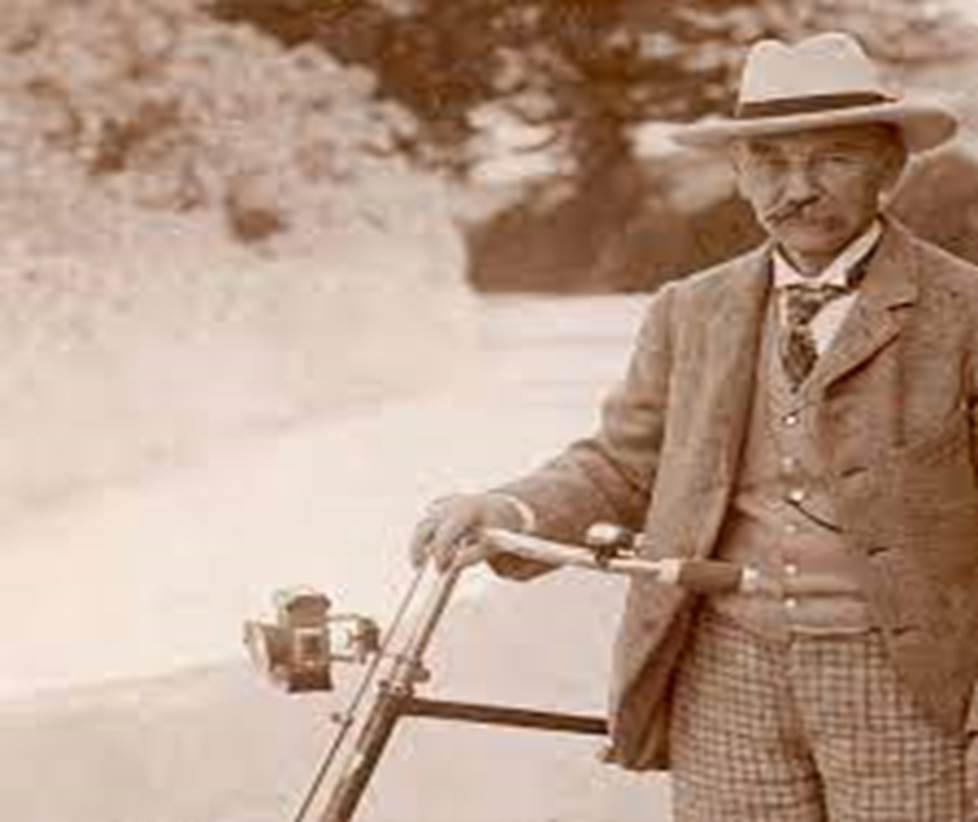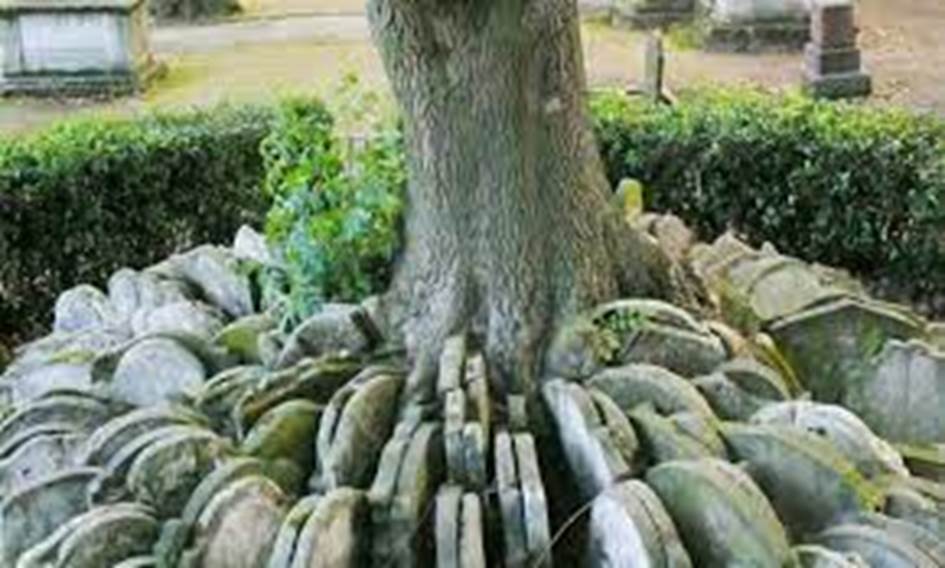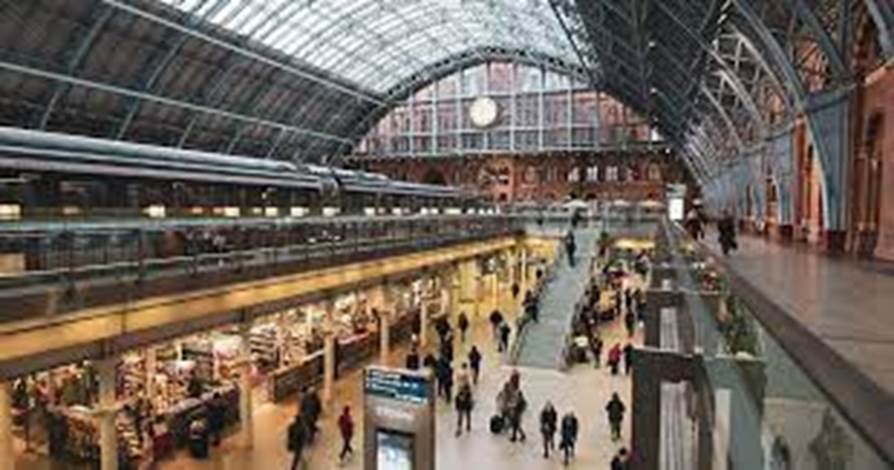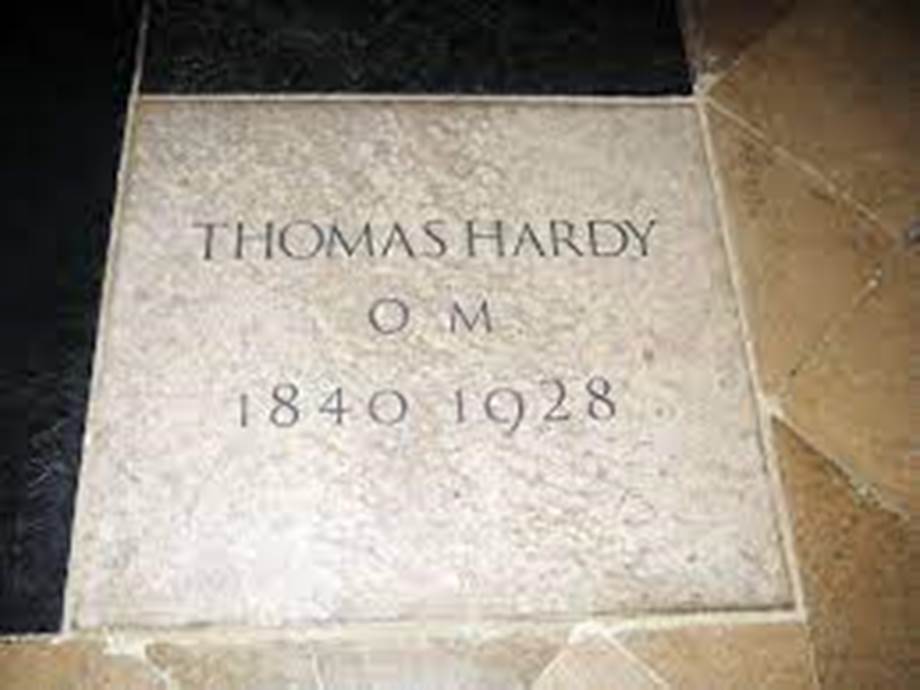
Thomas Hardy – Photo The Guardian
The Hardy Tree and the Two Railway Stations in London
By Dr Khalid Siddiqui
Ohio
Thomas Hardy (1840-1928) was a well-known English novelist and poet. He considered himself a poet but he was more famous for his novels such as ‘Far from the Madding Crowd’, ‘The Mayor of Casterbridge,’ ‘Jude the Obscure’, and ‘ Tess of the d'Urbervilles .’ . He was nominated for the Nobel Prize in Literature twice, but was never awarded one. Not many people know that Hardy was a qualified architect. He studied at King’s College London. He joined Arthur Blomfield’s practice as an assistant architect in April 1862.
In the mid-1860s, Britain’s railroad network was growing rapidly, and London was outgrowing the existing lines. In those days the railway service was owned by private companies. King's Cross railway station, built by the Great Northern Railway, opened in 1852 on Pancras Road in the London Borough of Camden. Midland Railway didn’t have its own terminus, and it used to borrow platforms from King’s Cross and Euston Railway Stations. Watch the photographs/videos of the outside and inside of the King’s Cross Station.
To meet the increasing demand, the Midland Railway decided to buy some land and built its own railway station – St Pancras Railway Station. The only land available in the area was just across King’s Cross Railway Station. The chosen site, however, required lots of clearance work. It involved demolition of many houses; bridging the Regent’s Canal; clearing St Pancras burial ground and moving many of the burials; and relocating a church. Arthur Blomfield’s company was given the contract. It sent a young apprentice by the name of Thomas Hardy to work on the project.
One most sensitive issue was reclaiming part of the graveyard for the railway line. He performed the sensitive task of exhuming the remains and reburying them at another site. He, however, was left with numerous gravestones. First, he didn’t know what to do with them? He then came up with an interesting plan to deal with the situation. He found an ash tree in the courtyard of St Pancras Old Church in a spot that would not be disturbed by the railway. He placed the gravestones in a circular pattern around the tree to create a monument.
The gravestones are now firmly embedded, layered practically on top of one another, between the roots of the ash tree. The tree has been named The Hardy Tree.

Some historians have disputed this story. According to them there was no ash tree there when Hardy arranged those gravestones in the Old Church’s graveyard. According to them the tree germinated later and trapped the gravestones within its roots. However, everyone calls this ash tree The Hardy Tree. It has become a tourist attraction. It is located off the very busy Pancras Road where parking, or even stopping, is not allowed. The best way to see it is to park in the parking lot of the St Pancras Old Church, and then walk from there.
Finally, the St Pancras Train Station opened in 1868. So, the two railway stations were (and are) facing each other on either side of Pancras Road – only a one-minute walk away.
In 1876, George Gilbert Scott erected an iconic hotel building in front of St Pancras Train Station in an attempt to outshine King's Cross Railway Station. The entrance to the St Pancras Train station was through the St Pancras Hotel. St Pancras Train Station couldn’t live up to its expectations. The over-built railway station struggled throughout the late 20 th century because of disuse and dilapidation. The hotel was turned into office space. After a few years the offices also left the building and the whole structure remained empty for a long time.
In the 1960s the British government took over the railway system. It floated the idea of demolishing both the railway stations and building a new station instead. It had to back off because of the opposition to the idea from the public.

St Pancras station obtained a new lease of life when it became a hub for Eurostar - the international high-speed rail service through the Channel Tunnel between the United Kingdom and France. Its hotel is a hotel again called St Pancras Renaissance. Watch the photographs/videos of outside and inside of St Pancras Station.
https://drive.google.com/file/d/1_mkb19BS3K76bVun5WItriclUqjtQa8w/view?usp=sharing
https://drive.google.com/file/d/1X_UHCXll9vnRf-He-JoYgnYw_Dw0c7uf/view?usp=sharing
Some scenes from the Harry Potter book were set at King’s Cross Station. It also houses a Harry Potter shop. It is said that King’s Cross got Harry Potter and St Pancras got Paris.

Thomas Hardy died on January 11, 1928. He had wished to be buried at the village of Stinsford, near Dorchester, in the same grave where his first wife, Emma, was buried. His executor, Sir Sydney Carlyle Cockerell, wanted him to be buried at Westminster Abbey. A compromise was reached whereby his heart was buried at Stinsford with Emma, and his ashes in Westminster Abbey. I did see the plaque over the burial site at Westminster Abbey.

In 2014, the roots of The Hardy Tree were found to be infested by a parasitic fungus, Perenniporia fraxinea, and it was felt that it would severely damage the tree. Camden Council has been taking steps to manage the tree through its final few years of existence. The size of the tree's crown has been reduced to ensure that whenever it happens, it falls within a fenced-in area to keep the visitors safe. I was able to reach close enough to the fence to take video footage of the tree and the gravestones. This close-up photograph of the gravestones is from the internet.
In the early hours of December 27, 2022, the tree did collapse. I was lucky to have seen this historic tree in August 2022 – just four months before it fell.
Camden Council is currently looking at several options to commemorate The Hardy Tree, including harvesting the wood to create a commemorative object, or planting a new tree at the same location.
Sadly, a historic Cedar of Lebanon Tree at Highgate cemetery also fell victim to the same disease in 2019.

